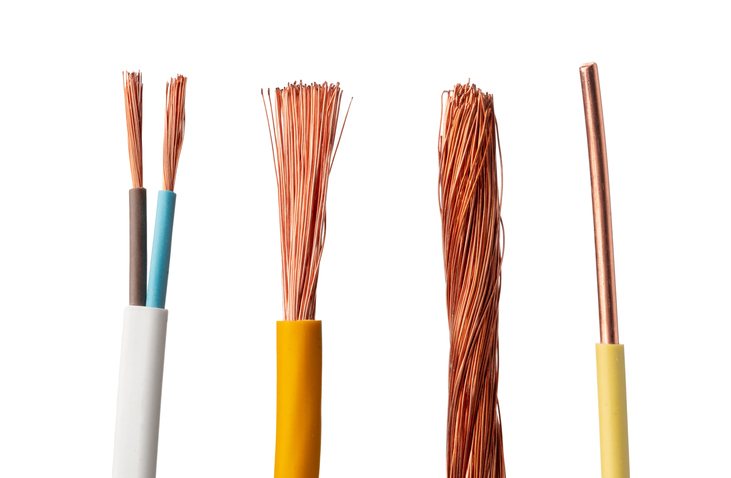DeReeling Procedures
Best Practices for DeReeling Cables to Ensure Optimal Performance
Proper handling of cables during the DeReeling process is crucial to prevent damage and maintain their longevity. Following specific procedures can help avoid issues like twisting or kinking, which could lead to cable failure. This guide outlines the best practices for DeReeling cables to ensure they run straight and remain functional throughout their service life.
Importance of Correct Cable DeReeling
When cables are improperly handled during installation, they can become twisted or kinked, leading to potential performance issues and even failure over time. The DeReeling process, which involves unwinding the cable from a reel or coil, requires careful attention to detail. By following the correct procedures, you can ensure that the cable runs straight and remains free from defects that could compromise its integrity.
DeReeling Cables from a Reel
When removing a cable from a reel, it’s essential to pull the cable off in a straight line while allowing the reel to rotate freely on a shaft. This method prevents the cable from twisting, which can cause internal stress and potential breakage. Ensuring the reel is properly secured on a horizontal shaft allows for smooth rotation and reduces the risk of the cable twisting during the process.
DeReeling Cables from a Coil
If you’re working with a cable that is coiled, the process requires a different approach. Begin by placing the coil over a large disc, such as an old reel head and core. The disc should be set up to revolve on a vertical shaft, allowing the cable to be pulled off from the outside end. This setup minimizes the risk of twisting and ensures the cable is released smoothly.
Avoiding Kinks During Cable Installation
Kinks in cables are a significant concern during installation. Once a kink forms, it creates a weak spot that is likely to cause failure during service. To prevent this, always handle the cable with care, ensuring that it is laid out straight and without tension that could cause it to twist or bend sharply. Proper DeReeling is a critical step in avoiding kinks, as it allows the cable to be laid out smoothly without unnecessary stress.

Related Resources

Cable Installation Guidelines
Care must be taken with any flexing application during the installation of the cable. Learn More
Application & Selection Guide for Standard Product
Read more on the typical applications for standard wire and cable products.Learn More
What is a Wire?
Wire refers to a single, usually cylindrical, strand or rod of metal which is used to carry electricity and telecommunications signals. Learn More


